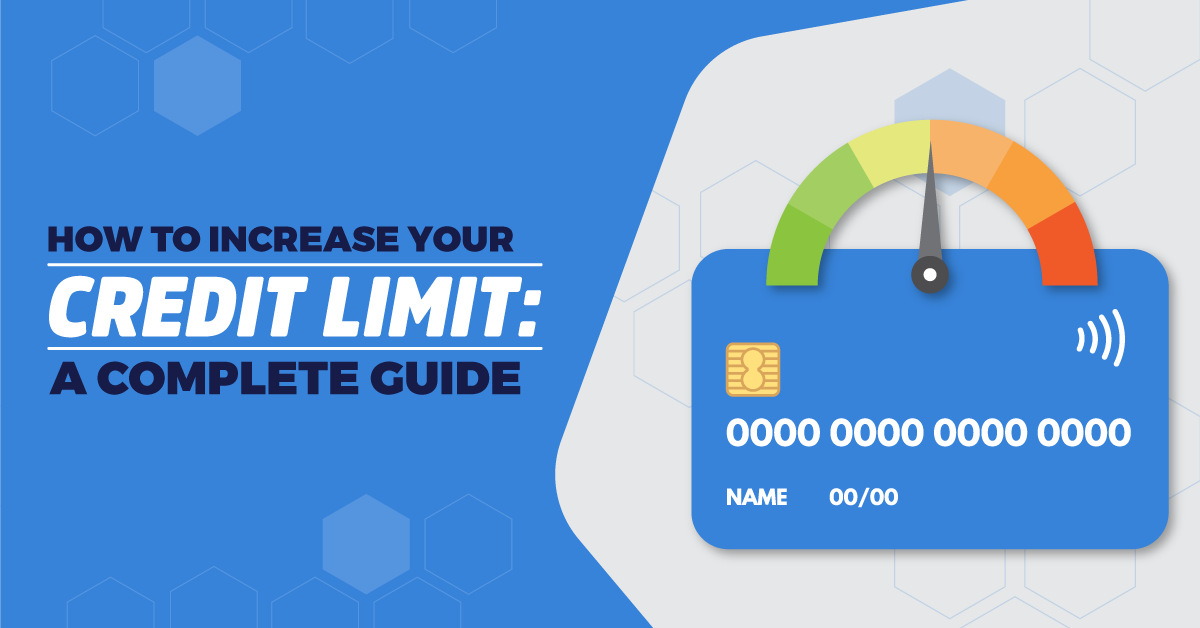
Your credit limit plays a major role in your credit score—especially when it comes to your credit utilization ratio. A higher credit limit can lead to a better score, but only if it’s handled wisely. If you’re looking to increase your limit without doing damage, here are the best strategies to help you do just that.
🔍 Why Increasing Your Credit Limit Matters
Your credit utilization ratio is the amount of credit you’re using compared to your total available credit. For example, if you have a $1,000 balance on a $5,000 limit, your utilization is 20%. Experts recommend keeping this ratio below 30%—ideally under 10% for the best scores.
So, the more available credit you have, the easier it is to keep your utilization low, which can lead to a higher score.
✅ Best Strategies to Increase Your Credit Limit Safely
1. Ask for a Credit Limit Increase from Your Current Issuer
Most credit card issuers allow you to request a limit increase directly through their app or website. This can often be done without a hard inquiry, especially if:
- You’ve had the card for 6–12 months
- You’ve been making on-time payments
- Your income has increased
💡 Tip: Call your issuer and ask if the request will result in a hard inquiry. If so, weigh the pros and cons before proceeding.
2. Apply for a New Credit Card
Opening a new credit card account increases your total available credit, which can lower your utilization ratio.
However, new accounts can cause a small, temporary drop in your score due to the hard inquiry and reduced average age of accounts. To minimize the impact:
- Only apply for cards you’re likely to be approved for
- Space out applications (don’t apply for multiple cards at once)
- Consider cards that match your credit profile
3. Use Your Card Responsibly Over Time
Credit card issuers often reward responsible users with automatic credit limit increases. To get noticed:
- Pay on time every month
- Keep your balance low
- Use your card regularly
This shows your issuer that you’re a responsible borrower who can handle more credit.
4. Update Your Income
Higher income can support a higher credit limit. If your income has increased since you first applied for the card, update your profile with your credit card issuer. Many banks take your reported income into account when considering a limit increase.
5. Diversify Your Credit Mix
While this doesn’t directly increase a specific credit limit, having a mix of credit types (credit cards, installment loans, etc.) and showing responsible management can help improve your overall creditworthiness—making it easier to get higher limits in the future.
⚠️ Avoid These Mistakes
- Requesting too often: Multiple limit increase requests in a short time may trigger hard inquiries or make you look risky.
- Carrying high balances: Even with a higher limit, high balances can still hurt your score and increase your interest payments.
- Closing old accounts: Keep older cards open unless they have high fees—you want to preserve your available credit and credit age.
📈 Final Thoughts
Increasing your credit limit can be a powerful tool for boosting your credit score and improving your financial flexibility. The key is to use credit responsibly and focus on long-term habits like on-time payments, low utilization, and smart financial planning.
Remember, more credit is an opportunity—not an excuse to overspend. Use these strategies wisely, and you’ll be on your way to a stronger financial future.
Need help managing or building your credit?
JDP Credit Solutions offers personalized strategies and support to help you reach your credit goals. Let’s build better credit—together. 💼💳
